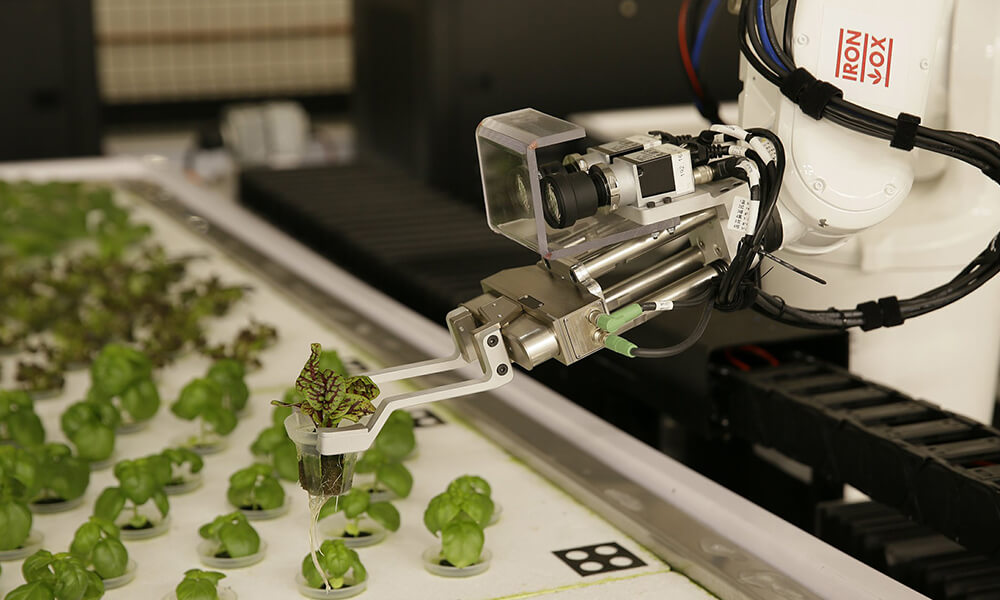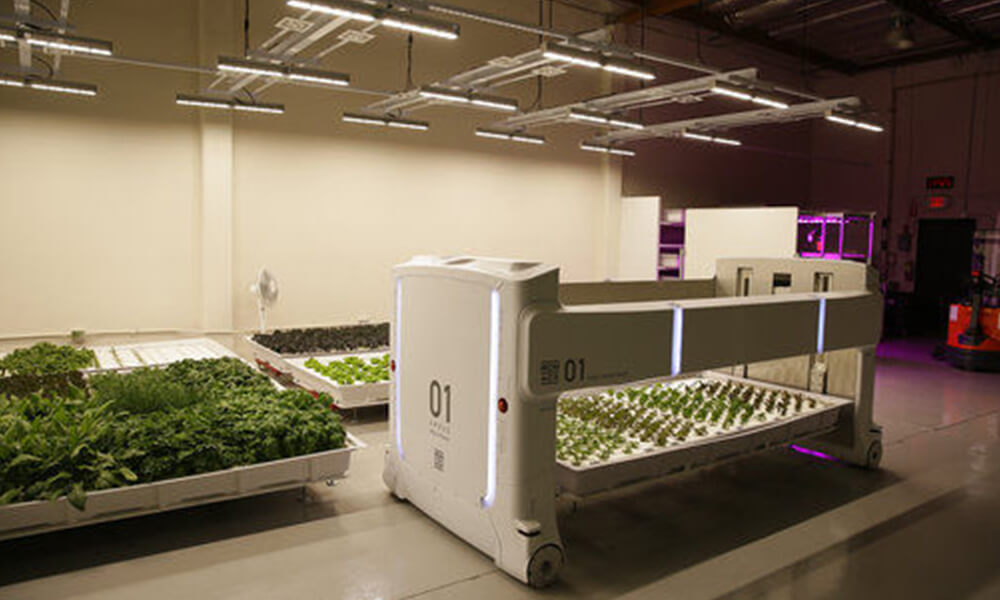Meet Angus: a Farmer Who’s Shaking Up the Industry
We’ve written a lot about how technology is reshaping the farming industry. From drones in land surveys to apps that can increase productivity, technology is entering our agriculture in new and profoundly important ways. This month, another article about embracing technology in the ag field has made headlines. AP News has reported on a new farmer named Angus, and he’s nothing like you’d expect. This week, we’re taking a look at the current and future advantages and disadvantages of robot farmers.

Who is Angus?
The story of Angus actually begins in Oklahoma where a man named Brandon Alexander grew up as a farm kid. Now 33, Brandon still works in agriculture, just a bit differently than one might expect. Two years and $6 million in funding has helped him build Angus, the 1,000 pound subject of this story. Angus is the name of a machine built by Iron Ox. The California startup company was created by Brandon Alexander with the goal of growing produce in warehouses in larger cities that can be harvested by the half-ton behemoth and sold to local restaurants and grocery stores. Iron Ox’s first robot farm is set to open in a suburb of San Francisco in an 8,000 ft. warehouse.
What’re the benefits of this method?
There are plenty of benefits to using robotic farming, especially in urban areas. For one, produce doesn’t have to travel quite so far from farm to table. For example, a study from the University of California’s Division of Agriculture and Natural Resources found just how far food has to travel before it gets to Chicago. Depending on the type of produce, food traveled by truck anywhere from under 1,000 to over 2,000 miles before reaching the city. That means days of travel, thousands of gallons of gas, and plenty of pollution from the trip are required before food reaches its urban destination. By growing food in warehouses in large cities, food can show up faster and fresher on local tables.
The hydroponic system used by Iron Ox’s system is also unique. It uses 90% less water than traditional farming, a tic in the “pros” box for anyone who is interested in conserving water. Crops are less likely to be over or under watered using this system because weather patterns less likely to cause interference. In the same vein, crops are more protected using this method than with traditional farming for the simple fact that they’re grown inside.

What are the disadvantages of this technology?
The biggest disadvantage to robotic farming as it stands right now is the cost. Currently, Iron Ox is selling their produce at a loss just to get their idea into the public sphere. This type of farming is also a tough sell in America, a country which is still very ingrained in its agricultural roots. Even Google’s moonshot laboratory, also known as X, couldn’t come up with a viable solution for robotic farming according to multiple sources. For the future of this farming tech, we’ll just have to wait and see if it works.
Before the robots take over the industry, we still need good (human) farmers to keep our country fed. If you need protection for your crops, call Crop Insurance Solutions to find a solution that fits your needs.
